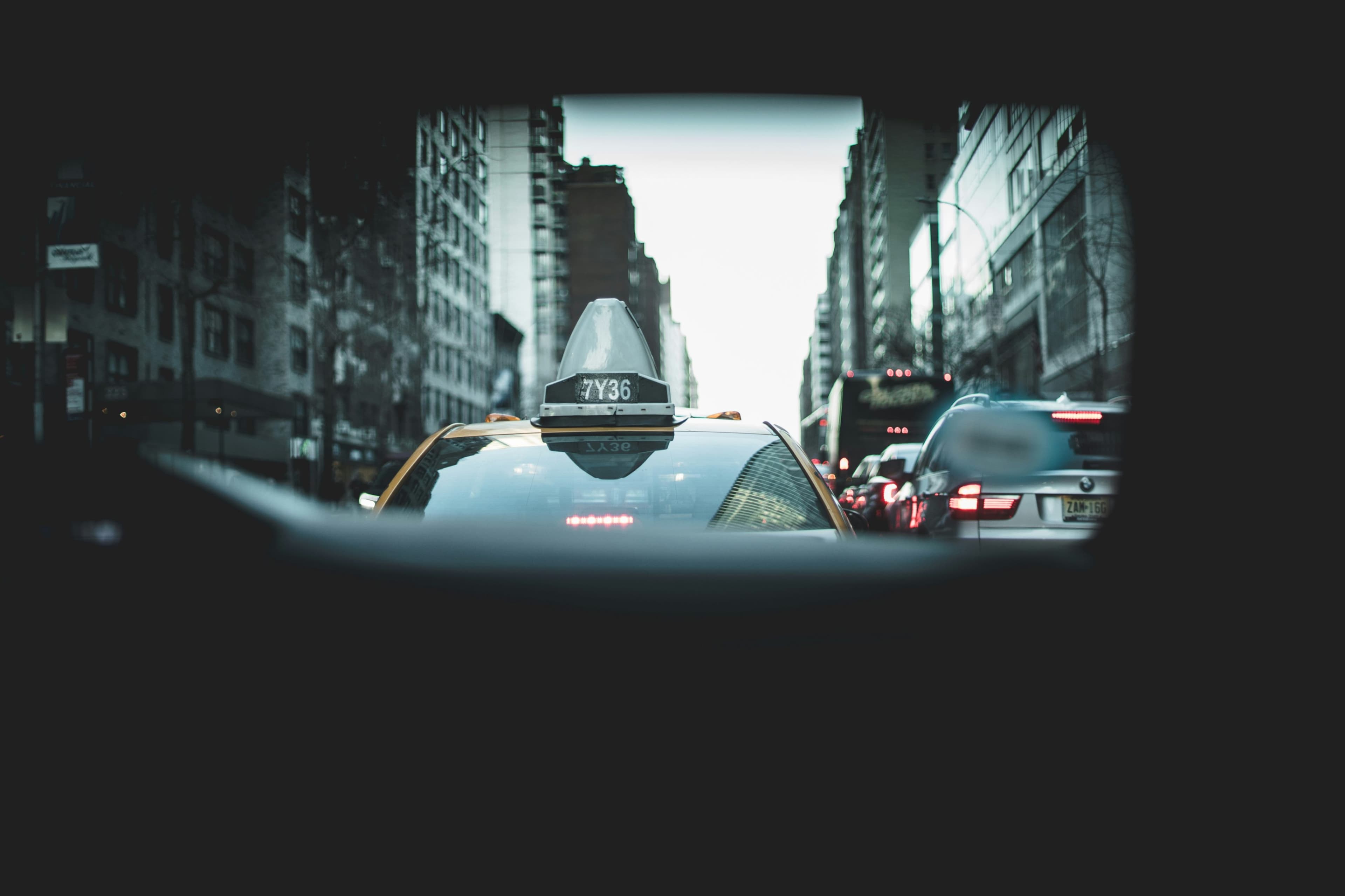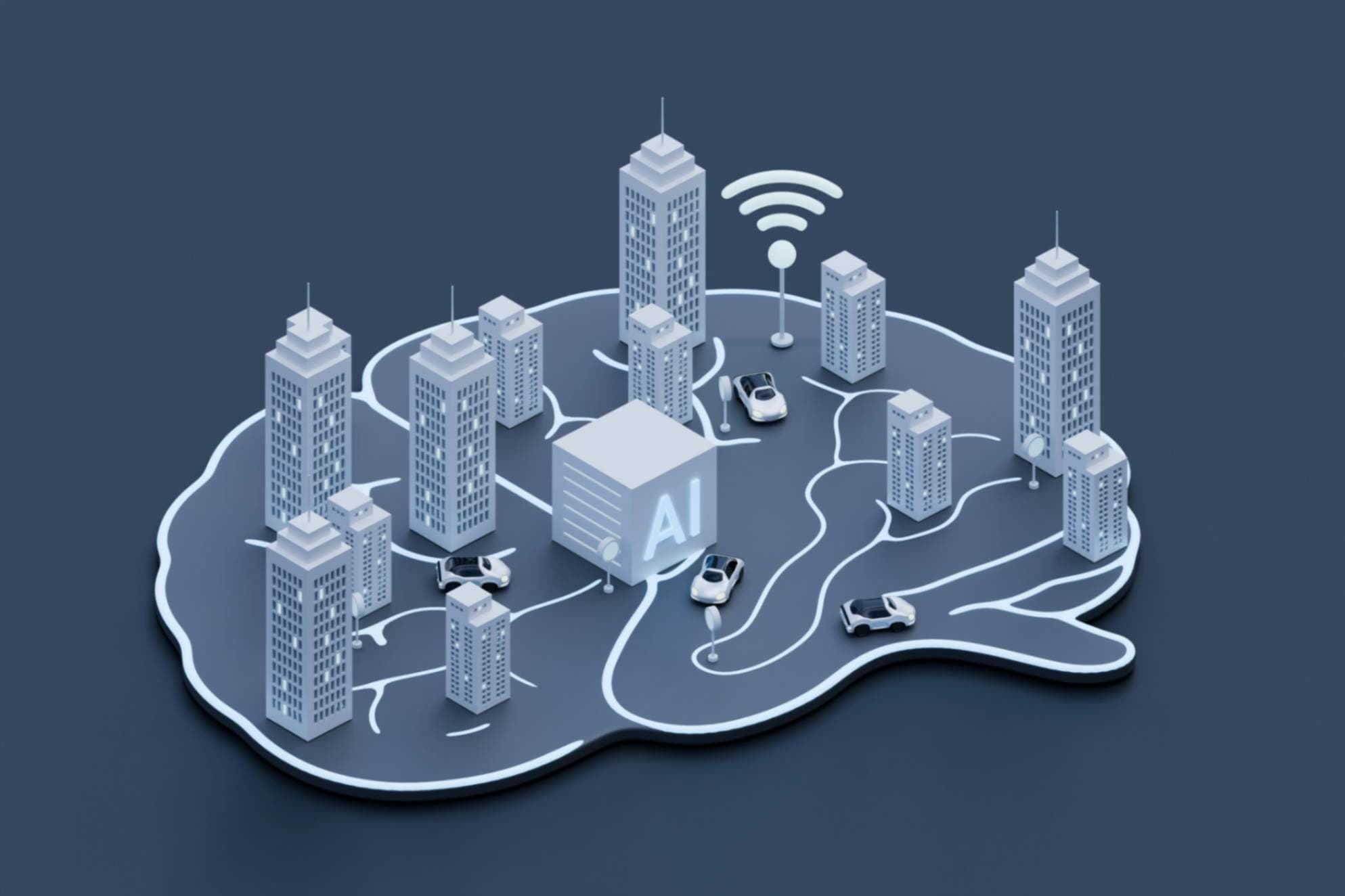Traffic congestion is a growing problem in urban areas, significantly impacting the quality of life for residents. As cities strive to become more environmentally friendly, measures such as creating bus lanes, bike lanes, and pedestrian zones are increasingly implemented. While these initiatives are commendable for their environmental benefits, they also present a complex challenge by potentially increasing traffic congestion.
On one hand, dedicated bus lanes are designed to make public transportation more efficient and appealing. By ensuring that buses can navigate through traffic more smoothly, these lanes encourage people to opt for public transport over private vehicles, theoretically reducing the number of cars on the road. However, the reduction of available lanes for other vehicles can lead to increased congestion, particularly in areas where road space is already limited.
Similarly, bike lanes are intended to promote cycling as a healthy and eco-friendly mode of transportation. They provide safety for cyclists, encouraging more people to consider biking over driving. Yet, the implementation of bike lanes often involves reallocating road space that was previously av





